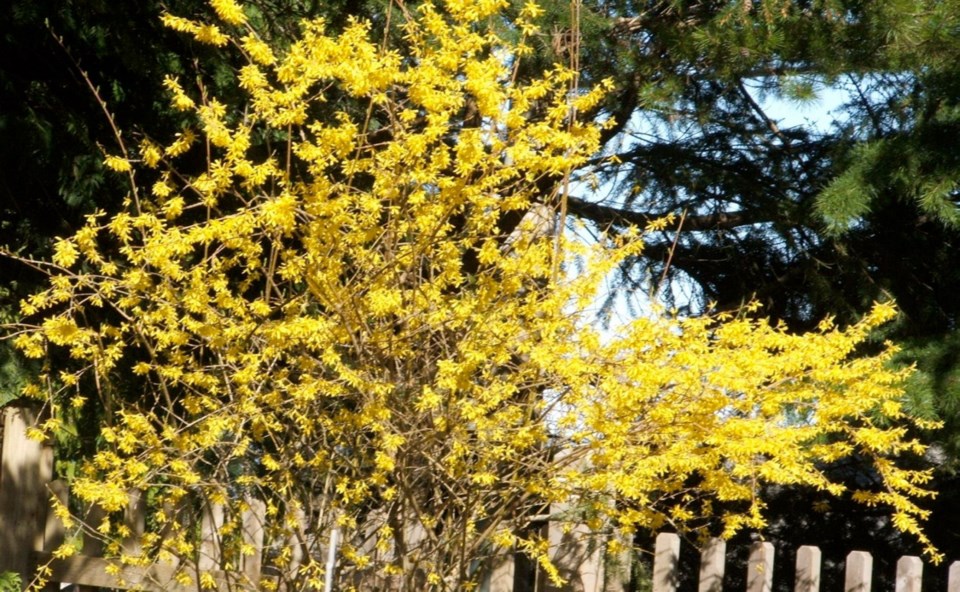My thanks to S. Lang, whose recent email contained words of caution worth passing along to other home gardeners. She wrote to “blow off steam” about chosen plants that have become uncontrollable runaways in her garden.
We all have them — at least those of us who care to admit it. We come across a comely plant or read a glowing description in a seed catalogue, and grow our chosen treasure only to find its restless spirit compels the plant to expand its territory enough to become an irksome, lingering thorn in our green thumbs.
“Today I have been, again, digging out Japanese anemones. … When I was new to gardening I purchased a couple of the plants from a local garden club after chatting with the club member at the sale table. Twenty years later, I am still trying to control the resulting planting.
“My three pet peeves right now are violets, which took over my front lawn, Alstroemeria (Peruvian lily), and the Japanese anemone that come back every year. The Alstroemeria and Japanese anemone have become intertwined with shrub roots. In that situation all I can do is cut them down every chance I get.”
Ms. Lang’s note certainly rang a few bells with me. For many years I’ve been digging up rampant Alstroemeria roots and cutting the top growth away where it emerges in among shrub stems. Japanese anemones, which I unwittingly planted by the front fence, still emerge in camas lily and shrub growth. Neither of these perennials is easy to remove. Both have deep, vigorous roots.
So do columbines, lovely perennials that self-seed freely. Even at the seedling stage the plants have strong tap roots that make removing them fairly hard work. Dead-heading columbines eliminates considerable gardening grief.
Personally, I don’t mind sweet English violets in patches throughout the garden and in the lawn, perhaps because I relish the intense perfume of the late winter flowers and also because a perfect lawn is not one of my priorities.
In the early days of my current garden, I made the mistake of planting variegated goutweed (Aegopodium). I’ll be digging it up until I eventually topple over onto a compost heap or go toes up in the violets. One of my references on perennials says this: “Some consider goutweed in the garden to be a good reason to move.” That puts it in the category of intractable weeds, along with perennial morning glory and horsetail.
Goutweed is an aggressive ground cover that spreads by seed and running roots, even in poor soil. The white and green foliage is attractive, but plantings should be confined in large containers to prevent the roots from escaping. Never let seeds form.
Pruning tip
As soon as spring-flowering shrubs, such as forsythia, have finished blooming, prune them to remove dead and damaged growth first. Then, in established shrubs that have multiple stems growing from ground level, remove up to one-third of the oldest (thickest) stems to make way for fresh growth and ongoing renewal of the plant. Then prune to remove congestion in the shrub’s centre. Shorten overlong growth, aiming to create a pleasing shape.
The sooner this is done following the bloom period, the more time a shrub has to produce new growth to bear future flowers.



